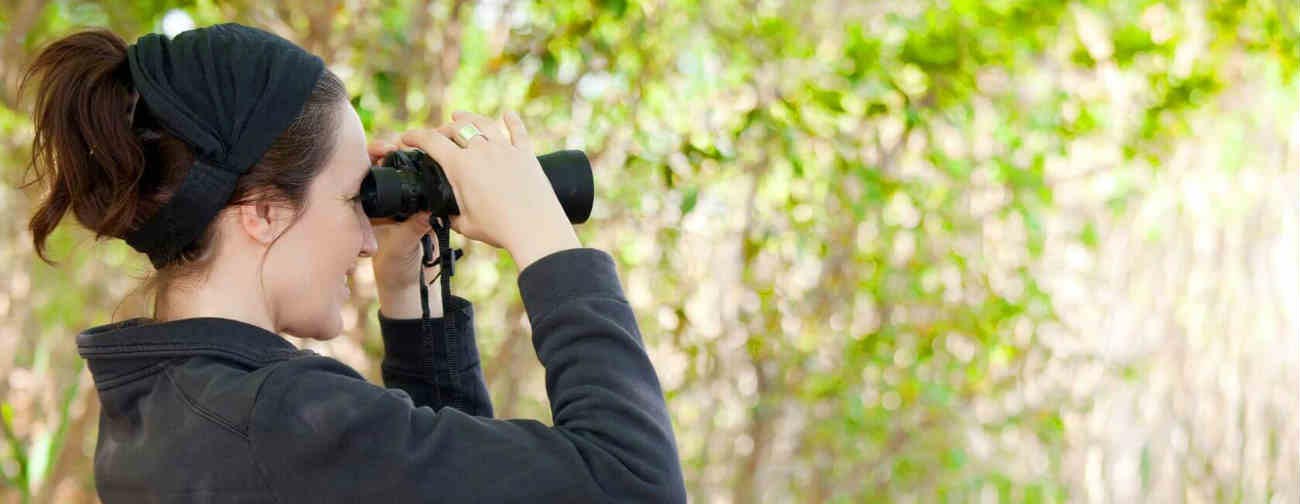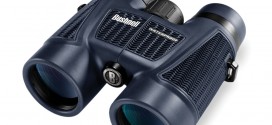Binoculars how to buy
Before buying a pair of binoculars, one should concentrate on how to select the perfect Binoculars. Set with the right data about the primary components, terminology as well as binocular types, you will make sure to pick the advantage binocular for your standard applications, the expenditure plan, and individual preferences.
How to select the right Binoculars to buy
How to purchase a set of binoculars you need to be on familiar terms with the fundamental components of binoculars, its terminology and types of binoculars in details.
Essential Components
Binoculars are easy to get to in several particulars and with a vast number of distinctive elements, however, all offer the same three fundamental or basic components.
Binoculars are available in hundreds of specifications and with a multitude of different features, but all share the same three basic components:
- Objective Lenses
The most important (objective) lenses of a binocular serve to gather light, subsequently empowering the high-resolution perception of far off objects. In a quality binocular, every target/objective lens typically is made of two separate glass components, the alleged crown, and rock components. The refractive particulars of these elements allow the target lens for picture objects free of artificial colors.
- Prisms
Since the target lenses shape images that are both upside down and turned around left to right, crystals are required to reverse the black picture.
Most regularly, binoculars use either Porro prisms or rooftop crystals for this reason. Porro crystals give binoculars their zigzag public profile while roof prisms allow a straight-line configuration or design. Either kind of lens, appropriately produced, yields surprising visible results.
- Eyepieces:
The visual, or eyepiece, the design included with a binocular has significant performance implications. While an essential function of an eyepiece is to magnify the picture shaped by the objective lens, indeed the eyepiece likewise generally decides the binocular’s field of view, edge-of-field picture resolution and different attributes recorded beneath. Eyepieces are made from two to five glass components or elements.
Terminology
Since you’ve been introduced to the fundamental components of a binocular, how about we dive into the specialized terminology and components you’ll experience while shopping for a binocular:
Binocular Specifications
Binoculars are classified as, for instance, 7 x 35mm — read “seven by thirty-five millimeters.” For this situation the binocular is of 7-force (“7x”) and incorporates objective lenses of 35mm (around 1.38″) diameter. Different binoculars may extend from a small 3 x 14mm to giant warship binoculars that are 40 x 178mm.
The “WA” assignment after a binocular specification, for example, 7 x 35mm WA, alludes to the Wide-Angle outline of the binoculars’ eyepieces; wide-edge eyepieces can build a binoculars’ visual field of perspective/view by as much as 60%.
Magnification
Magnification, or power, is maybe the most misconstrued term of binocular optics.
While higher powers can be valuable, power independent from anyone else does NOT expand the level of the logical point of interest; picture determination is a component of target lens diameter across, not of binocular force. Higher forces result in images that are less brilliant and in a binocular that is harder to hold relentless in the client’s hands.
Powers of 7x or 8x are by a long shot the most well known among regular binocular customers. Binoculars with magnifications above around 12x are not prescribed for use without a tripod.
Field of View
A binocular’s field of view is measured in degrees of the curve or as field width (in feet) at 1000 yards distance.
Example: The Meade Safari Pro 7 x 36mm WA binocular has a field of perspective/view 487 ft. Wide for an item 1000 yard inaccessible from the onlooker, yielding a field of perspective detail of 487 ft. At 1000 yds. Other significant point binoculars have areas of perspective/view of maybe 270 ft. To 320 ft. At 1000 yds.
Depending to some degree on the onlooker’s proposed applications, wide-edge binoculars are for the most part indeed justified regardless of the moderately unassuming extra cost included. See outline on the right.
Lens Coatings
An uncoated optical glass lens or crystal/prism reflects around 10% of the light occurrence on one of its surfaces, permitting just around 90% of the light to go through.
Standard coatings of magnesium fluoride (MgF2) connected to the lens and crystal/prism surfaces decrease the level of reflected light to around 4%, and with considerably lessened apparition pictures of exceptional items.
More advanced multi-coatings of 7 to 15 layers further decrease reflected light and can bring about aggregate light transmission through a viewpoint or crystal of 99% or more.
Eye Relief
Binocular patrons who wear eyeglasses for close or farsightedness may uproot their glasses while watching; the binocular can completely rectify for these eye imperfections. Viewers who experience the ill effects of astigmatism, nonetheless, may need to wear their glasses to keep up sharp imaging through the binocular. In this recent case picking a binocular with long eye relief will empower simpler binocular seeing with eyeglasses.
Binocular Types
Mini Binoculars, by and large, incorporate target lenses not bigger than around 26mm (1″) in the distance across, are of a straight-line rooftop crystal/prism plan, and are foldable for conservativeness and simplicity of transport.
Smaller than usual binoculars are little, lightweight and exceedingly flexible in their scope of uses. For instance, as a tolerably evaluated blessing, it is an outstanding individual who won’t appreciate, and discover numerous uses for, a smaller than expected binocular.
Due to their little target lenses, on the other hand, scaled down binoculars are not expected for high-determination birding or other nature applications.
Compact Binoculars use Porro crystals to reverse the picture and more often than not are styled to shape fits easily in the eyewitness’ hands; target lenses are regularly 26mm in breadth or less.
As their name suggests, conservative binoculars, while bigger than scaled down the binoculars, are moderately little and simple to convey.
Minimized binoculars are to a significant degree famous for donning occasions, as a blessed thing, or as a broadly useful travel binocular because, once more, for everything except the most developed applications, compacts give an honest exchange off between weight, execution, and expense.
Standard Porro Prism Binoculars
Most binoculars referred to as universally useful are standard Porro prism models. The regularly bigger target lens apertures, 35mm or more, of these models, empower excellently, high-complexity pictures, on the whole, a scope of review subjects, from donning occasions, to long-run animal perception in the wild, to the extensive determination investigation of a bird’s feather structure.
A moderately estimated, superb, standard Porro prism model is binocular for any watching application. Standard Porro crystal binoculars are accessible in an extensive variety of details and value focuses.
Zoom Binoculars recommend the convenience of zooming to the top or lower powers at the feel of a finger.
Standard Roof Prism Binoculars: Give proficient level binocular determination and execution. Composed more often than not for cutting edge applications, for example, for good birders, standard roof prism binoculars are regularly of 35mm target lens opening or bigger; incorporate smooth, straight-line roof prism styling; and fuse the finest optical glasses, multi-coatings, and multi-component eyepieces. The outcome is splendid, greatly sharp, high-determination pictures all through the field of view, and with a level of picture loyalty ridiculous in small binoculars. Albeit premium-grade standard roof prism binoculars are not economical, they are typically treasured for a lifetime.
Conclusion
Considering the above guidelines, you can get the perfect knowledge regarding a pair of binoculars, which will lead you- Binoculars how to buy?
Binoculars How To Buy, Choose your Best Hunting Binoculars that is reviewed by fnftravel.com
 FNFTravel.com Your Travel Guide
FNFTravel.com Your Travel Guide


